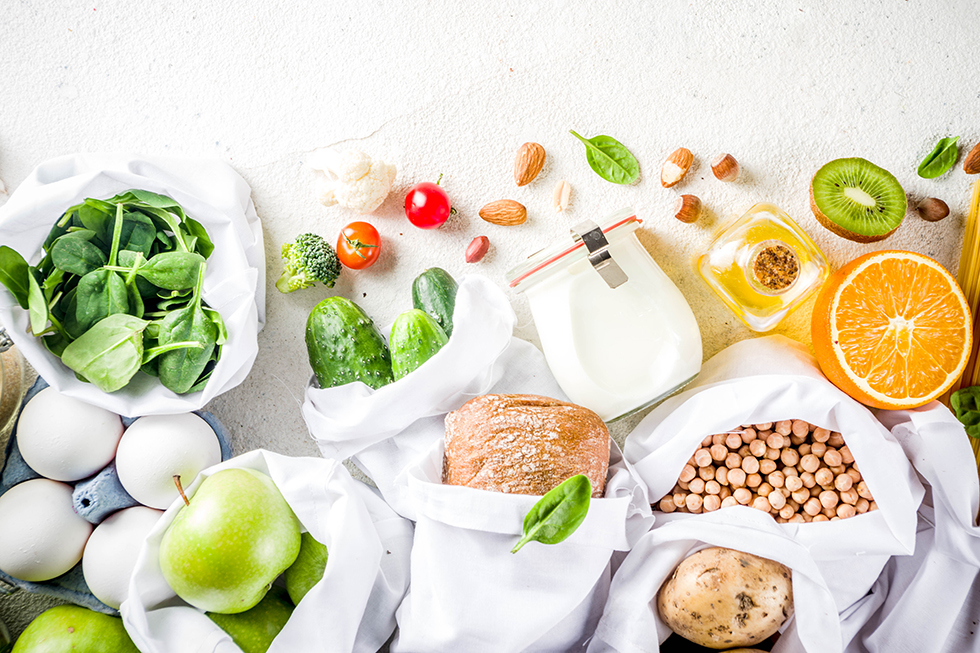
April Is Food Waste Awareness Month
Did you know that the USDA reported that Americans waste more than 130 billion pounds of food annually? The crazier statistic is that about 1 in 6 Americans goes to bed hungry. Often, when we see a sale, we indulge, even when we don’t have a plan for the product. Unfortunately, before you know it, that product goes bad. In efforts to combat this habit, the EPA, USDA, and FDA have declared April Food Waste Awareness Month. Here are our tips for loving up on the leftovers:
Keep Air & Heat Out
It is important to let foods cool before placing them in the freezer. When freezing anything, you need to let it sit out and cool before packaging and freezing. If something is packed hot the item will have steam trapped in the container, causing an increase in frost. Although this is not an issue or food safety it can change the taste of some foods. When freezing anything, make sure you get as much air out of containers as possible. If you are freezing any baked goods, try wrapping them in plastic wrap or foil and then place inside of a bag. This helps prevent the air from making the food stale.
Blanching
When storing fruits and vegetables, blanching is the best way to preserve color, taste, and vitamins. For blanching, you wash your produce and then place them into boiling water for the recommended time. Then you drain the water and place the produce in ice water until it is cooled.
Thawing
With freezing more foods comes defrosting more foods. Defrosting correctly is important for food safety. The best and safest way is to place the food into the fridge overnight to thaw. If you forget to set the food down the night before (let’s be honest it has happened to the best of us), you do have some other options to get the job done. You can thaw foods with the appropriate microwave setting. You can also place foods under cold running water.
